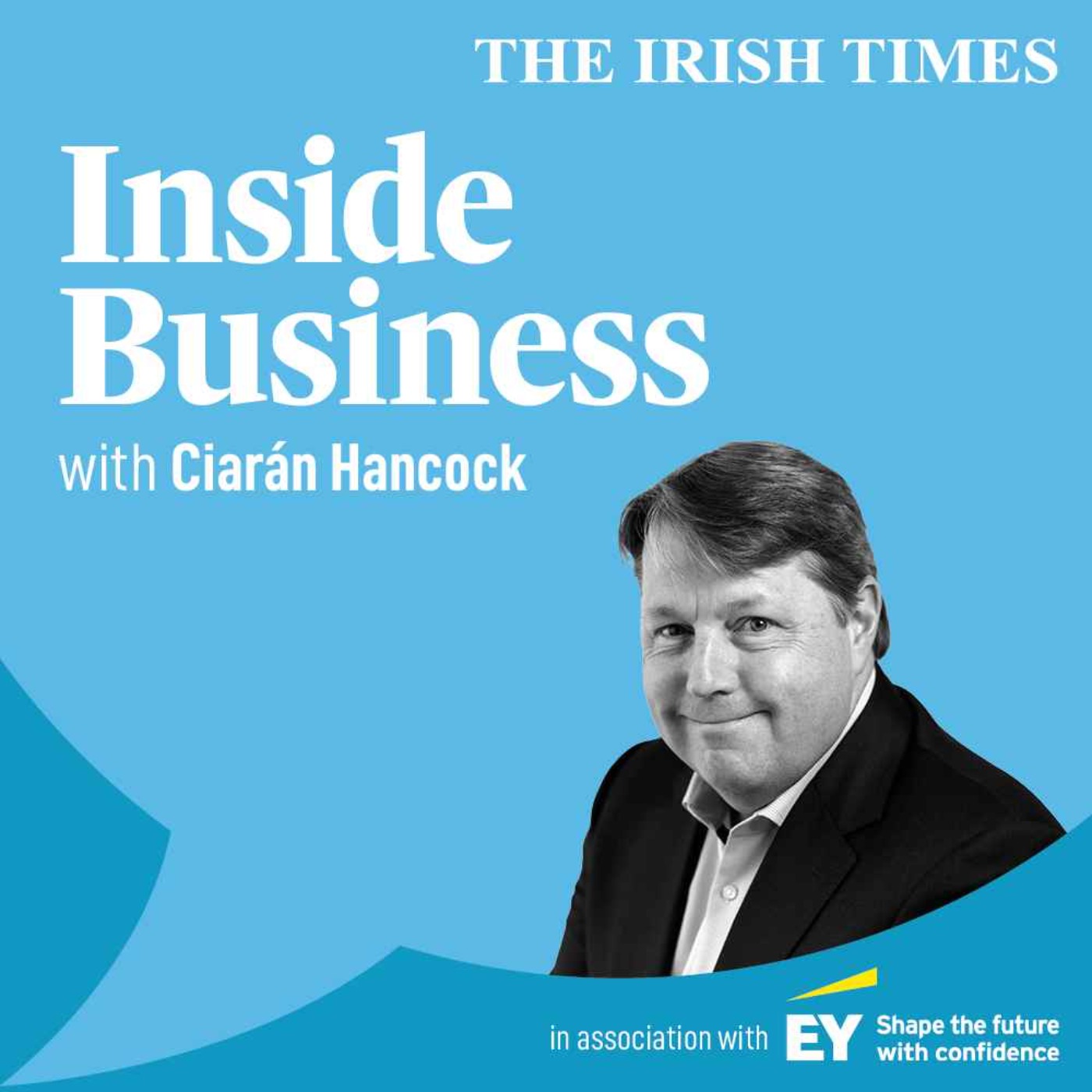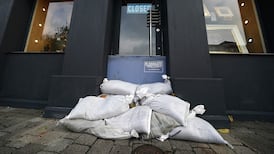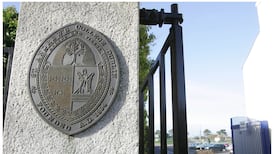Unemployment in the State currently stands at 5 per cent as 147,400 people found themselves out of work, according to new data from the Central Statistics Office (CSO), with youth unemployment proving especially intractable.
“The traditional July spike in youth unemployment, which usually eases by autumn, has not done so this year,” said Grant Thornton economist Andrew Webb. “The challenge now is matching people to the opportunities that are emerging, particularly as AI and automation change the mix of roles, and ensuring younger workers aren’t left behind.”
The seasonally adjusted measurement of unemployment fell marginally from 5.1 per cent in September, when an additional 1,700 people were out of work. But it is 26,800 higher than at this time last year, with the unemployment rate rising by 0.8 points from 4.2 per cent at that time.
The last time unemployment was above 5 per cent was in January 2022 as the State grappled with the Covid-19 pandemic and related job losses.
READ MORE
In the nearly four-year period since then, Ireland has largely been close to full employment. Economists consider an unemployment rate of 4 per cent or less in the Irish labour market as tantamount to full employment.
The CSO has revised upwards its measure of unemployment since July after incorporating findings from the Labour Force Survey due out later this month.
The statistics office measures show that the seasonally adjusted unemployment rate leapt from 4.6 per cent in June to 5 per cent in July and have largely remained steady since then.

Tom O’Brien of Nephin Energy on the importance of gas, the potential of biomethane, and whether our energy bills will come down
Young people, those aged between 15 and 24, were disproportionately unemployed in October at 13.4 per cent, a marked increase on 10.9 per cent this time last year.
The State now has the highest level of youth unemployment in more than four years since youth unemployment stood at 15.4 per cent during the Covid-19 pandemic.
At the time in June 2021, as the economy recovered from lockdown measures, the youth unemployment rate was falling from a high of 20.1 per cent in the previous April and 20.3 per cent in September 2020.
In October, this measure of unemployment skewed more heavily towards young women, with 13.9 per cent unemployed against 13 per cent of young men.
This represents a percentage point swing in the metric, as an additional 2,200 men in the youth age bracket were no longer unemployed in October but an additional 1,000 women were included.
Kate English, the chief economist at Deloitte Ireland said the figures paint a “mixed picture” of the Irish labour market. While the figure remains “relatively low”, she said, “what needs to be watched closely is that it is slowly edging upwards”.
“The rise in youth unemployment and the revision to youth unemployment last month also require further attention. In October, we saw the highest rate of youth unemployment since June 2021. 48,400 people aged 15-24 are unemployed, up 23 per cent on this time last year.
“This is similar to trends we have seen across the world of rising youth unemployment,” she said, suggesting it is not likely to be a consequence of US import tariffs as “other indicators continue to suggest economic resilience”.













